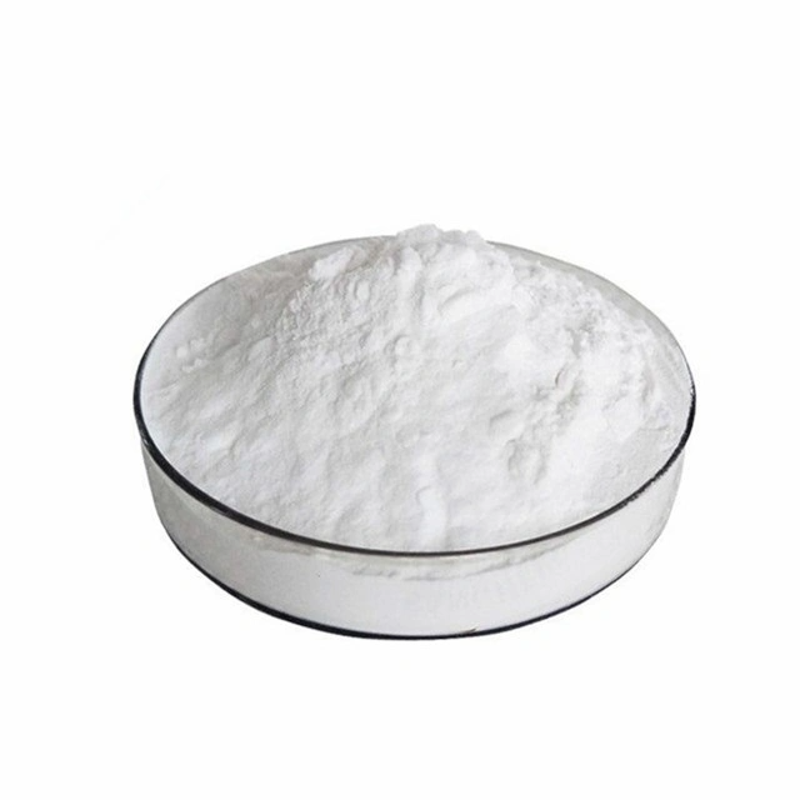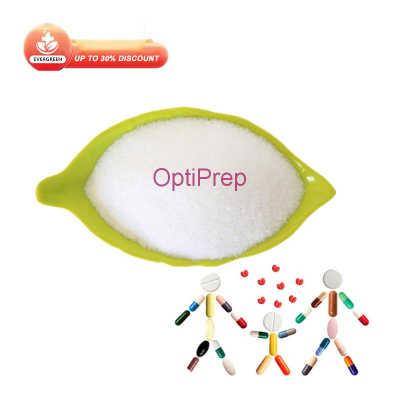Current non-characteristic MRI markers can be used to predict the efficacy of diversion surgery in iNPH patients
-
Last Update: 2020-06-27
-
Source: Internet
-
Author: User
Search more information of high quality chemicals, good prices and reliable suppliers, visit
www.echemi.com
The disproportionate cobweb subcavity expanded hydrocephalus, DESH, smaller carcass horns, and other MRI imaging markers used for evaluation in the study can determine iexclusiveidnormal stress hydrocephalus, but are not available for selection of CSF shunt surgery patients- Excerpted from the article chapterRef: Agerskov S, et alAJNR Am J Neuroradiol2019 Jan; 40 (1): 74-79doi: 10.3174/ajnrA5910Epub 2018 Dec 6.)idiopathic normal stress hydrocephalus (iNPH) is a syndrome commonly found in older people and includes gait and balance disorders, cognitive dysfunction and urinary incontinenceAccording to international guidelines, the diagnosis of iNPH must be Evans Index (Index, EI) 0.3, and one of at least four characteristic symptomsJapanese standards emphasize that the emergence of a disproportionate cobweb subcavity expanded hydrocephalus (disproportionately dimhdinoid space hydrocephalus, DESH) can be diagnosed as iNPH if it is not performed in tap tests or cerebrospinal fluid (CSF) drainage teststhere have been studies using MRI imaging markers to select the right CSF shunt, but the results vary, and predictions about the results of these signs are more controversialSome studies support the use of DESH as an indicator of prognosis, while others have reported that the presence of DESH, a narrower angle of the carcass and the dilce expansion of the horn are factors that predict the effectiveness of surgerySimon Agerskov of the Clinical Neuroscience and Hydrocephalus Research Group at the University of Gothenburg in Sweden and others conducted a study in a large continuous iNPH patient queue that was evaluated in a clinically detailed assessment of the correlation between 13 MRI imaging markers and surgical prognosis, published in January 2019 in AJNR Am J Neuroradiolstudy included 168 patients diagnosed with iNPH and CSF shunt in accordance with international guidelines between 2006 and 2013, with an average age of 70 to 9.3 yearsComplete MRI imaging, including T1, FLAIR, and T2 weighted sequences, before surgeryExclude patients with large motion artifacts in any sequence All patients received a standard quantitative assessment of clinical symptoms before and 3-6 months before and after CSF shunt surgery, and the effectiveness of shunt surgery was evaluated using a comprehensive score The comprehensive score includes 4 continuous tests for 2 gait tests and 2 cognitive tests, including the 10-meter walktime test, the stand and walk time test, the same form test, the measurement perception speed and accuracy, and the Bingley memory test scored 0-100 per score, 0 was the worst performer, and 100 were healthy 70-year-olds The combined score was calculated using the average of the four tests, and the difference between preoperative and postoperative scores was the prognosis for each patient If the patient's score increases by 5 points, it is improved In addition, 13 different MRI imaging markers were analyzed for preoperative T1, FLAIR and T2 images (Figure 1) The results show that the Evans index has a median index of 0.41 (quartile range: 0.37-0.44) All patients had a high signal of drainage expansion and white matter, with a median angle of 68.8 degrees (quartile range: 57.7 to 80.8 degrees) The exoskeleton was expanded by 69%, the local vents were expanded by 25%, and the brain's vertical fissure swelled by 55% Thirty-six percent of patients lost their brain convex brain ditches, and 36 percent had a disproportionate amount of cobweb subcranline hydrocephalus Sixty-eight percent of patients had improved symptoms after surgery The authors point out that none of the above MRI imaging markers are significant predictors of improvement in performance after triage surgery Figure 1 Analysis of preoperative MRI imaging markers in 168 iNPH patients A.Evans Index; B Angle Maximum Width; C Croc angle; D Maximum width of the third ventricle; E Large front and back diameter of the fourth ventricle; F Cerebral gap closure at the apex of the Hemisphere; brain gap traffic on The G axis and coronal level image (left) - Right); H Outer Split is rated 0 to 1-2 (left-right); I Brain split width is rated 0-2 (left-right); And J Flow Is rated 1 to 2-3 (left-right, 0 not shown in the figure) the authors noted that a disproportionate share of the cobweb subcavity expanding hydrocephalus (disproportionately diphade subarachnoid spacecephalus, DESH), smaller carcass horns, and other MRI imaging markers used for evaluation in the study could determine iexclusiveion normal stress hydrocephalus, but were not available for selection of Patients with CSF shunt surgery.
This article is an English version of an article which is originally in the Chinese language on echemi.com and is provided for information purposes only.
This website makes no representation or warranty of any kind, either expressed or implied, as to the accuracy, completeness ownership or reliability of
the article or any translations thereof. If you have any concerns or complaints relating to the article, please send an email, providing a detailed
description of the concern or complaint, to
service@echemi.com. A staff member will contact you within 5 working days. Once verified, infringing content
will be removed immediately.







